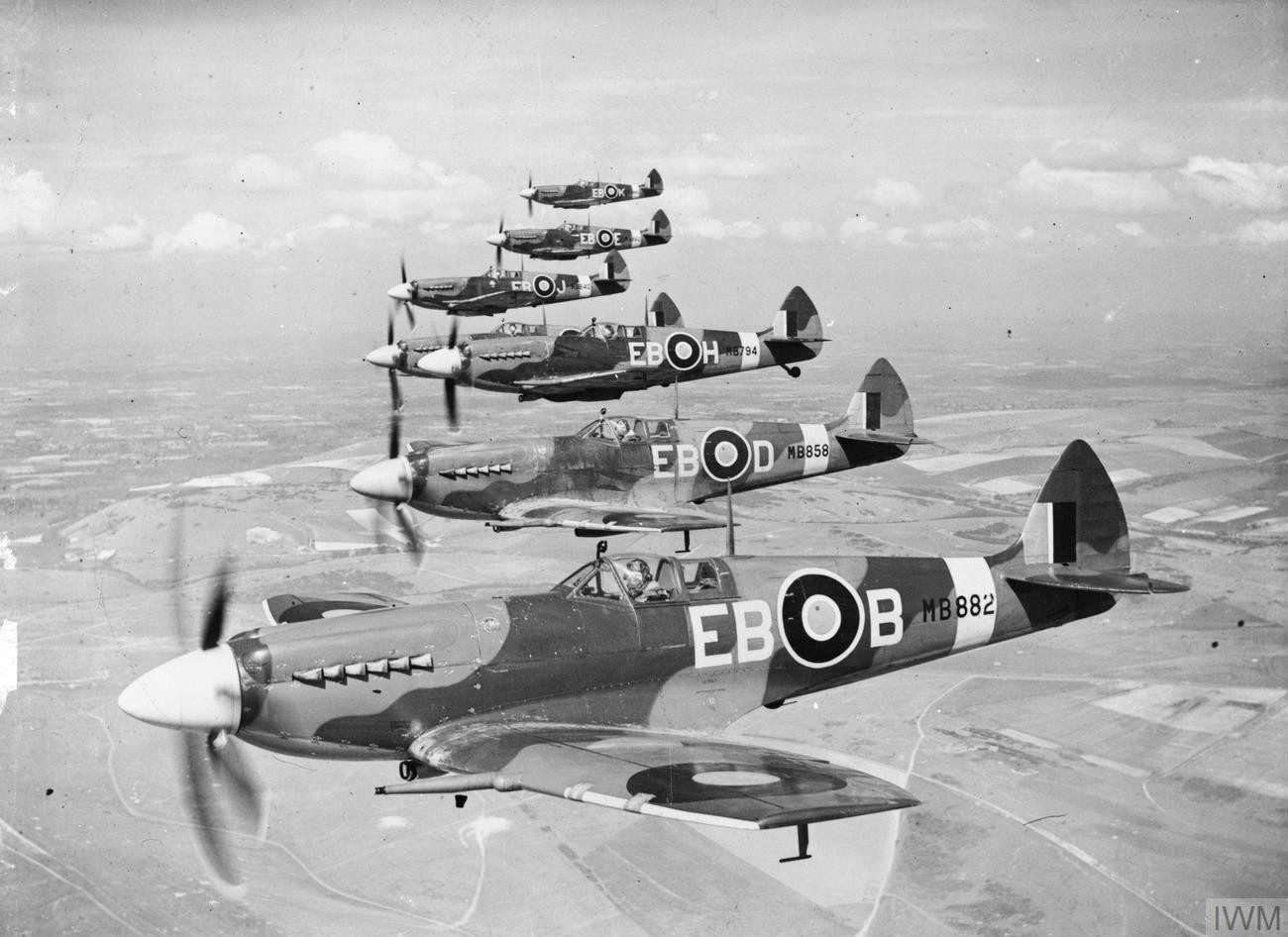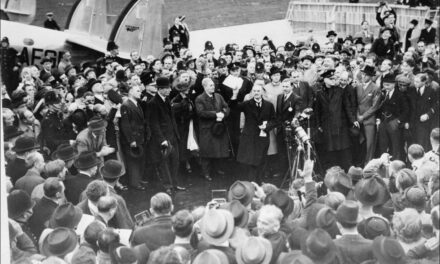History Guild Quiz – Beginner
See how your history knowledge stacks up.
Want to know more about any of the questions? Once you’ve finished the quiz click here to learn more.
Have an idea for a question? Suggest it here and we’ll include it in a future quiz!
The stories behind the questions
1. Which colonial power ruled India prior to it’s independence in 1947?
Britain – The British Raj ruled India from 1858 to 1947. The British Crown took over governance of India after the 1857 Indian Rebellion. Prior to this the British East India Company was the dominant force in India, rising in power after their success in the 1757 Battle of Plassey.
2. In 1913 Emily Davison died after jumping in front of the King’s Horse at the Epsom derby. What cause was she campaigning for?
Woman’s Suffrage – Women’s suffrage in the United Kingdom was a movement to fight for women’s right to vote. Founded in 1903, the Women’s Social and Political Union (WSPU) was tightly controlled by the three Pankhursts, Emmeline Pankhurst, and her daughters Christabel Pankhurst and Sylvia Pankhurst. The tactics of the WSPU included shouting down speakers, hunger strikes, stone-throwing, window-smashing, and arson of unoccupied churches and country houses.
It finally succeeded through laws in 1918 and 1928.
3. What year was the Berlin Wall built?
1961 – Read more about this in CONSTRUCTING OPPRESSION: THE BERLIN WALL AND THE LITERAL IRON CURTAIN.
4. What type of aircraft are these?

Supermarine Spitfire – a British single-seat fighter aircraft that was used by the Royal Air Force and other Allied countries before, during, and after World War II. It was produced in greater numbers than any other British aircraft. During the Battle of Britain, from July to October 1940, the public perceived the Spitfire to be the main RAF fighter, though the more numerous Hurricane shouldered a greater proportion of the burden against Nazi Germany’s air force, the Luftwaffe. However, Spitfire units had a lower attrition rate and a higher victory-to-loss ratio than those flying Hurricanes because of the Spitfire’s higher performance.
5. Which was constructed first, the Suez Canal or the Panama Canal?
Suez – The Suez Canal was completed in 1869 by a European consortium controlled by France. The Panama Canal was completed in 1914 by a US company.
6. By what name is Leningrad now known?
Saint Petersburg – Prior to 1914 the city was called Saint Petersburg, this was changed to Petrograd in 1914, as Saint Petersburg sounded too German. In 1924, five days after Lenin’s death, Petrograd was renamed Leningrad. It retained this name until 1991, when a referendum was held, which resulted in a return to the name Saint Petersburg.
7. Who was the British Prime Minister during the Falklands War?
Margaret Thatcher – The Falklands war of April-June 1982 was the turning point in Mrs Thatcher’s premiership and political career. Prior to the war her popularity had been declining and there were rumours that her party was planning to replace her. The war brought out the best in Thatcher. The British nation enjoyed something they had not known since 1945, a clear military triumph. The victory dragged Thatcher’s leadership from the brink of collapse. She won global celebrity, in both the United States and the Soviet Union, and 10 points were added to her poll rating.
8. Where did Captain James Cook die?
Hawaii – While Cook’s ship the HMS Resolution was anchored in Kealakekua Bay, Hawaii, one of its longboats was stolen by the Hawaiians. Cook lead a party of Royal Marines and sailors to attempt to kidnap the ruling Chief, Kalaniʻōpuʻu. This provoked an angry response from the Chief’s son Kanaʻina. Cook struck Kanaʻina with the broad (flat) side of his sword. Kanaʻina pushed Cook, who fell to the sand. As Cook attempted to get up, Nuaa, the Chief’s personal attendant, lunged at him and fatally stabbed him in the chest with a metal dagger, obtained by trade from Cook’s ship during the same visit. Cook fell with his face in the water. This caused a violent, close-quarters melee between the townspeople and Cook’s men. Four of the Royal Marines were killed and two were wounded, the remaining sailors and marines, continued to fire as they retreated to their small boat and rowed back to their ship.
9. Which British monarch accepted Magna Carta?
John I – Magna Carta is a royal charter of rights agreed to by King John of England at Runnymede in 1215. It was drafted by Archbishop of Canterbury Stephen Langton to make peace between the unpopular king and a group of rebel barons. It promised the protection of church rights, protection for the barons from illegal imprisonment, access to swift justice, and limitations on feudal payments to the Crown, to be implemented through a council of 25 barons. Neither side stood behind their commitments, and the charter was annulled by Pope Innocent III, leading to the First Barons’ War.
10. Who was the first person in space?
Yuri Gagarin – On 12 April 1961 the Vostok 1 spacecraft was launched from Baikonur Cosmodrome. Aboard was Gagarin, the first human to travel into space. As he blasted off he transmitted Poyekhali! (‘Off we go!’), which later became a popular expression in the Eastern Bloc that was used to refer to the beginning of the Space Age.





